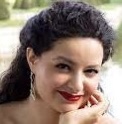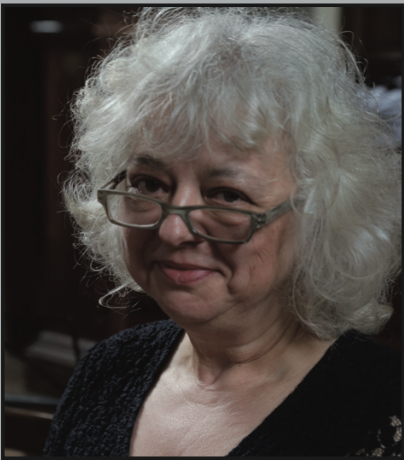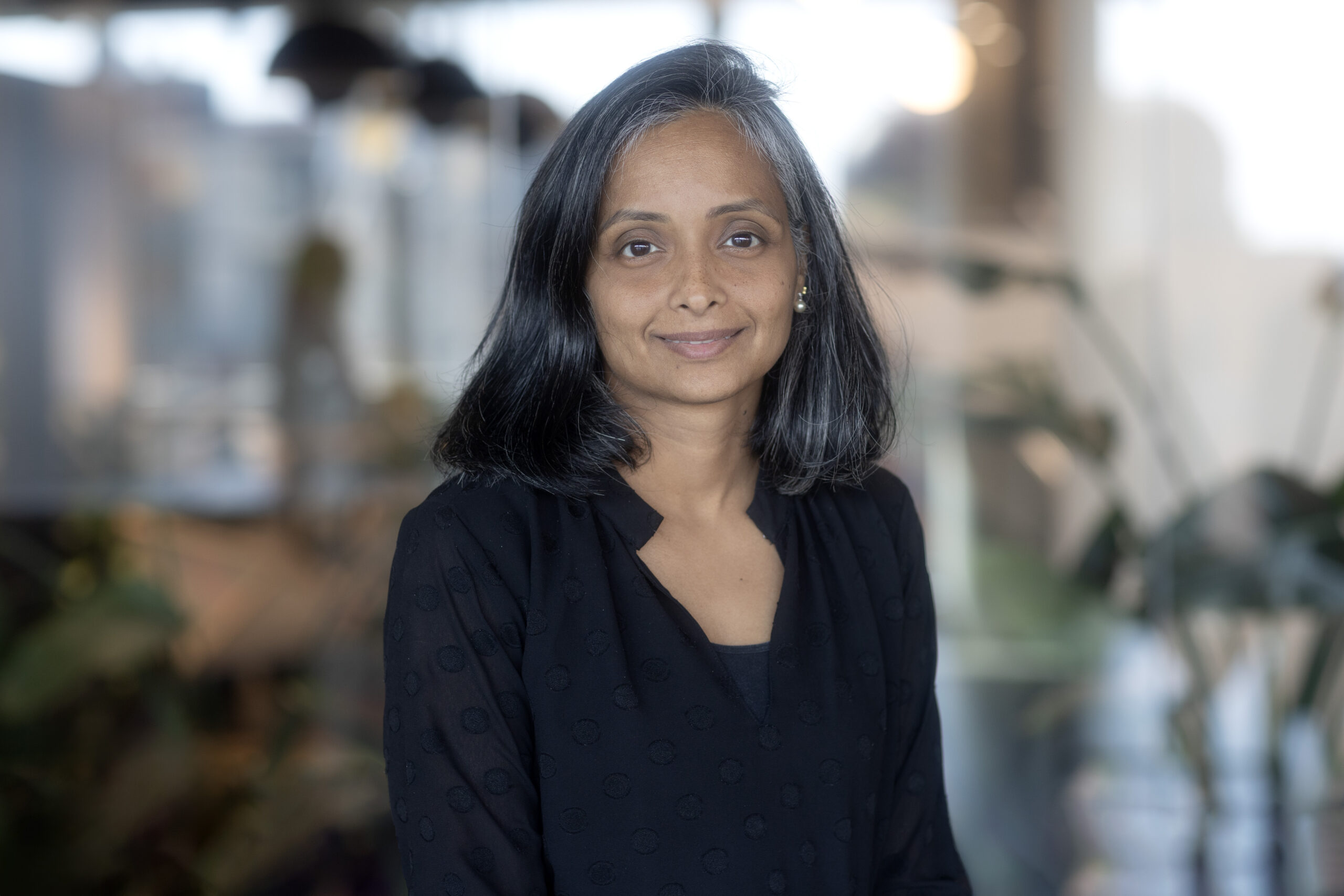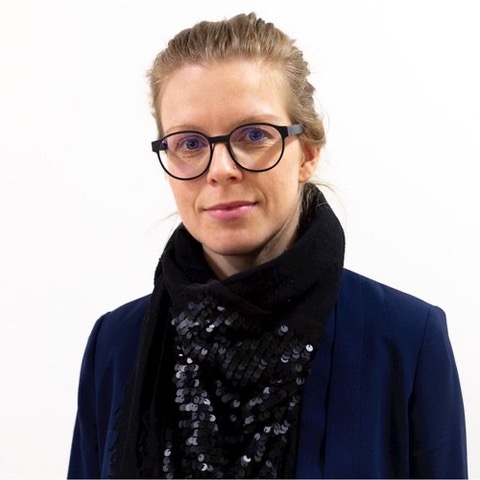So much more than a Saturday Centre
DaCapo has grown from a small Saturday Centre into a substantial organisation that also provides teacher training, school music programmes and exciting projects with valued partners.




So much more …
Established in 1991, DaCapo was initially a Saturday Centre with a Kodály approach, very unusual at the time! Teacher training grew from the need to train our own teachers and then others asked us to train for them – individuals, schools and local authorities (now music hubs). Next followed a small publishing arm, because we needed tutor books, repertoire, classroom resources and suitable teaching materials were nowhere to be found. Commissioning quality materials was an important part of our growth and development.
-
At the core of everything we do is the aim to be ambitious, creative and to make music fun – still all based on the Kodaly and Eurythmics approach.
-
In addition, we now work with partners to deliver high quality projects for children, both on a Saturday in North London and in schools further afield.
The Kodály approach


As a composer and teacher, Kodály found that the students coming into his Conservatoire were not very musically literate and had a lack of understanding of their own musical heritage. He set out to achieve musical literacy and understanding for everyone. He stipulated that you must have a ‘well trained ear, intellect, hand and heart.’
In the 1930’s, he travelled to England and was impressed with the choirs taught by John Curwen and his colleagues. They were being taught through relative solfa and Curwen’s colleague, a ‘Miss Glover,’ had developed a system of hand signs to go with the solfa to show the degrees of the scale.
Kodály was working with a team of pedagogue experts who helped him put this work into schools. His work was well received, especially as twenty minutes of work every morning had created improvements in the children’s other subject areas, especially maths, not to mention their ability to read musical notation by the age of five.
Kodály recommended that a child’s music education is started in the very earliest years. The curriculum that he developed is organised and sequential. The learning comes first through singing activities and later through conscious thought processes. The learning process is, on the surface, slow because of constant repetition and review, but a great number of musical concepts are absorbed and techniques mastered which become a permanent foundation for future use. Folk songs and composed songs are used (carefully selected according to the age characteristics and musical developmental level).
For a young child to learn to sing well, they must sing songs that will not strain their undeveloped vocal chords by too high or low a range. They should have clear and uncomplicated rhythms and should not be accompanied by piano, since the piano is a tempered instrument which can too often result in out-of-tune singing. The songs should have texts of literary value and creative imagery so that they can be adapted to the child’s world of play and fantasy games.
The use of solfa was not new. Guido d’Arezzo c990-c1050 was a monk and theorist who took the syllables ’out re mi fa sol la’ from a text and applied them to the degrees of the scale, he also equated the degrees to joints on the fingers ‘Guidoian hand.’
Our Teaching Team
High calibre musicians who care about education, all trained in the DaCapo approach.
Senior


Neil Pardoe
Vice Principal


Liz Menezes
Senior Teacher. Violin


Alice Purton
Senior Teacher. Cello


Rocio Bolanos
Senior Teacher. Clarinet


Will Dollard
Senior Teacher. Trumpet


Lucy Gwynne Evans
Senior Teacher. Piano


Fabio Fernandes
Senior Teacher. Guitar


Rachel Groves
Senior Teacher. Baby, Toddler and Early Years Music


Sally Russell
Senior Teacher. Cello
Certified


Alex Tay
Teacher. Violin


Joseph Thwaites
Teacher. Saxophone
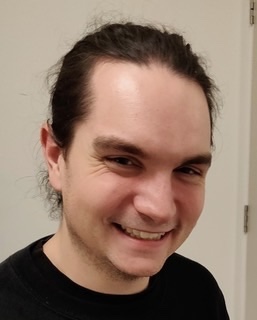

Lucian McCauley
Teacher. Piano


Elliott Kendall
Teacher. Piano


Camilla Cutts
Teacher. Singing


Niall McCann
Teacher. Drums and Guitar
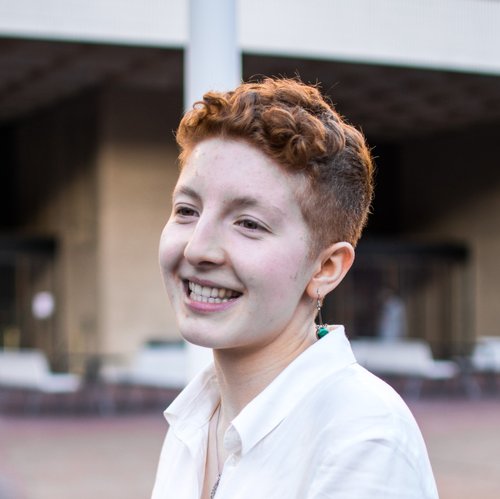

Lizzie Baumberg
Teacher. French Horn


Austin Carroll
Teacher. Trumpet


Lorena Cantó
Teacher. Viola


Yvain Caballero
Teacher. Piano


Lara Agar
Teacher. Violin


Julia Owczarek
Teacher. Violin


Aleksandra Lipke
Teacher. Violin & Viola


Dan Garcia
Teacher. Drums and Percussion
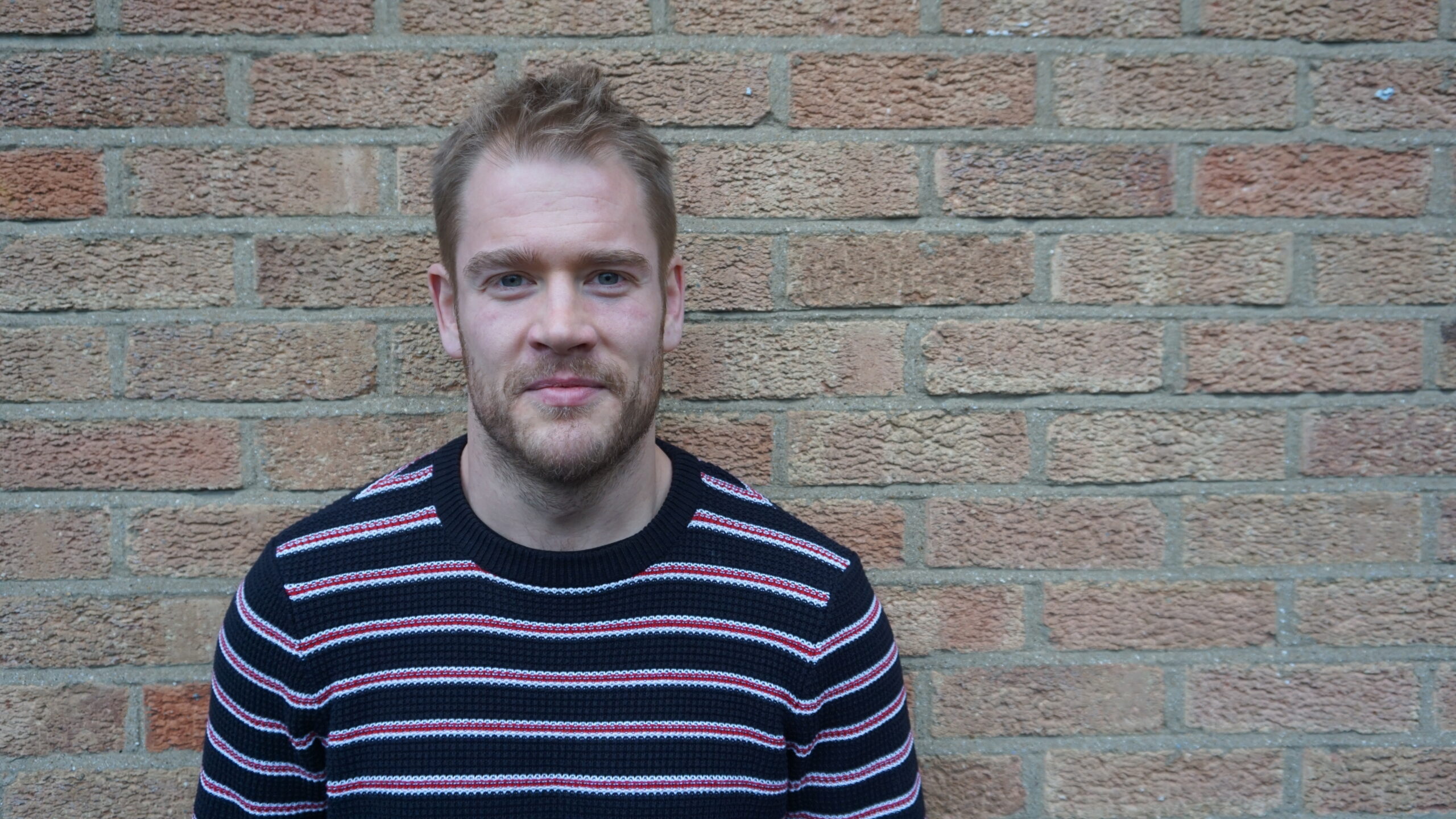

Bert Page
Teacher. Piano


Kostas Spanos
Teacher. Double Bass
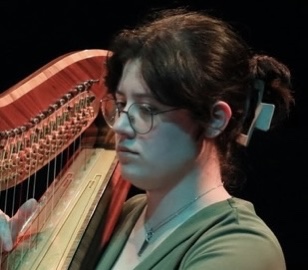

Emilia Agajew
Teacher. Harp
Trainee
Our Founders and Board
DaCapo has a dedicated Board of Trustees who oversee the organisation. Founders Jane Cutler and Michelle Groves work with the board and the Senior Council, continually endeavouring to make DaCapo the best that it can be – in its teaching, training, resourcing and its impact on the wider world of music education.


